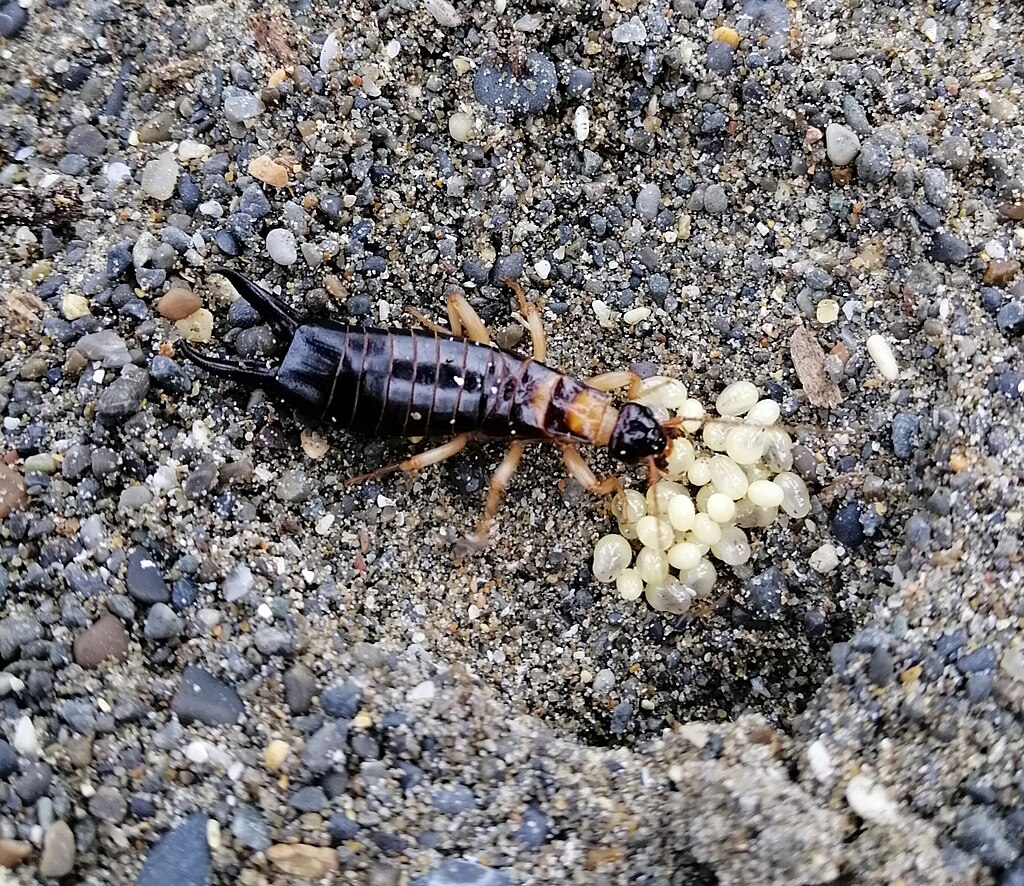Picture this: you’ve just gone through the exhausting process of laying eggs, spending weeks protecting them from predators, and watching them hatch into dozens of tiny, helpless babies. Now what? Most mothers in the animal kingdom would call it a day, but not the female earwig. She takes maternal dedication to a whole new level by literally becoming a living school bus for her offspring. The world of insect motherhood is filled with jaw-dropping sacrifices, but few creatures match the sheer commitment of species that transform their own bodies into transportation systems for their young. From shield bugs that carry their babies on their backs to wolf spiders that become walking nurseries, these remarkable mothers redefine what it means to go above and beyond for your kids.
The Earwig’s Extraordinary Journey

When most people think of earwigs, they picture those creepy crawlies with intimidating pincers that might pinch your finger. But behind those fearsome forceps lies one of nature’s most devoted mothers. Female earwigs don’t just lay their eggs and disappear – they become full-time bodyguards, housekeepers, and eventually, living vehicles. The process begins when the female earwig finds the perfect underground chamber to lay her clutch of 20 to 80 pearl-white eggs. She doesn’t just dump them there and walk away. Instead, she becomes a vigilant sentinel, constantly turning the eggs to prevent fungal growth and licking them clean with her mouth. This isn’t just tidying up – it’s a matter of life and death for her future offspring. What makes this behavior even more remarkable is that earwig mothers will go without food for weeks while tending to their eggs. They lose significant body weight during this period, essentially starving themselves to ensure their babies have the best possible start in life. It’s like a human mother skipping meals for months just to make sure her children’s nursery is perfectly maintained.
From Eggs to Tiny Passengers

Once the eggs hatch, the real adventure begins. The newly emerged nymphs are essentially miniature versions of their parents, but they’re completely helpless and vulnerable. This is where the mother earwig’s most incredible behavior kicks in – she allows her babies to climb onto her back and literally rides them to safety. The sight of a mother earwig carrying dozens of tiny passengers on her back is both adorable and awe-inspiring. These little hitchhikers cling to their mother’s body as she navigates through soil, leaf litter, and debris. She becomes their personal transportation system, moving them away from danger and toward food sources. This piggyback arrangement isn’t just about getting from point A to point B. The mother earwig continues to provide protection and guidance even while serving as a living bus. She’ll find safe spots for her young to feed and rest, all while carrying them on her back like a mobile daycare center.
The Science Behind Maternal Transportation
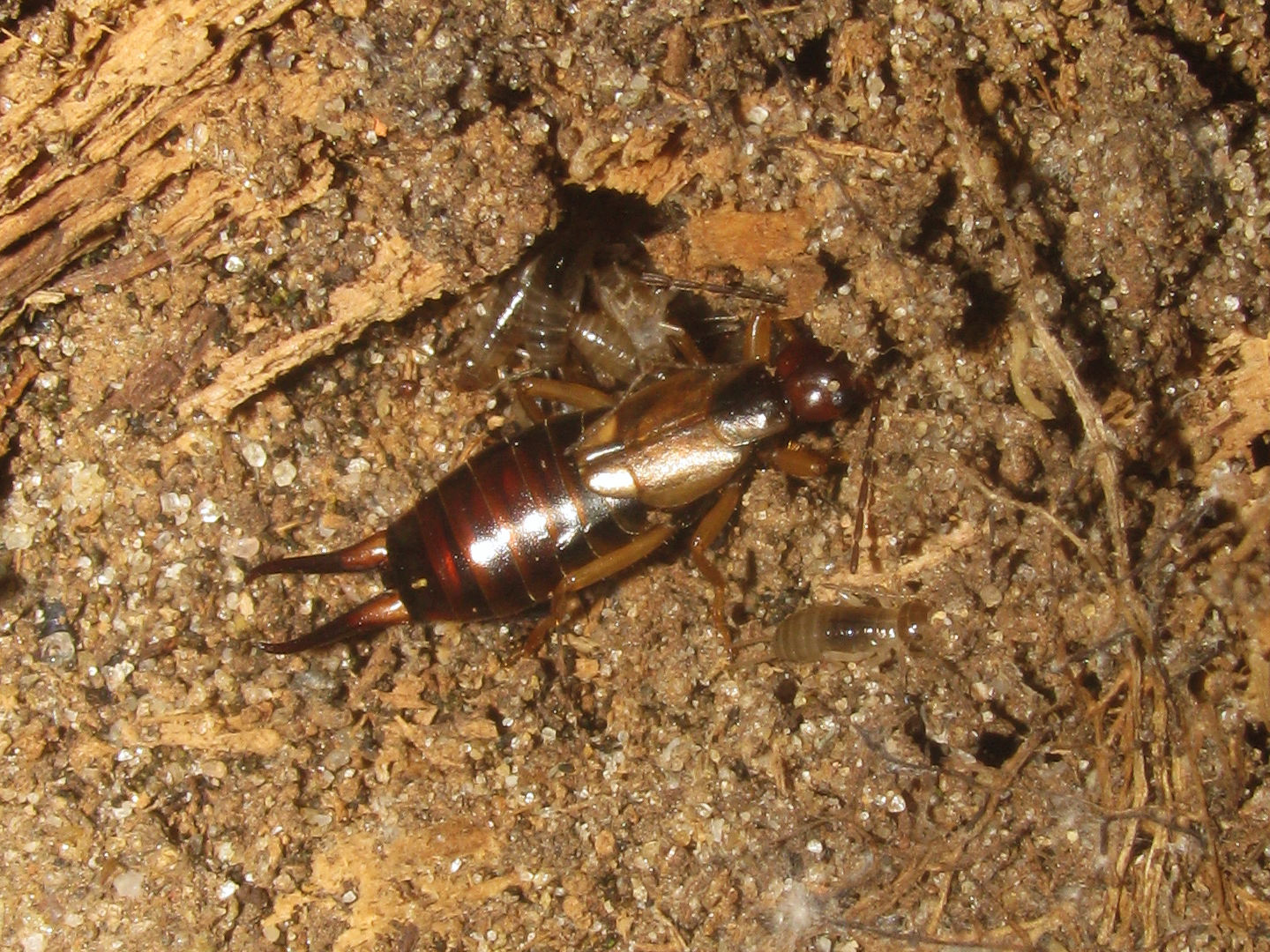
Researchers have discovered that this piggyback behavior serves multiple crucial functions beyond simple transportation. The mother’s body provides warmth and humidity regulation for her young, creating a perfect microclimate for their development. Her movement also helps distribute the nymphs across different feeding areas, reducing competition among siblings. Scientists have observed that earwig mothers can carry up to 50 nymphs at once without showing signs of distress. The babies have specially adapted legs and claws that allow them to grip their mother’s exoskeleton without causing injury. It’s like nature designed the perfect car seat system millions of years ago. The duration of this bus service varies depending on environmental conditions and the species, but it typically lasts for several weeks. During this time, the mother earwig essentially becomes a mobile base camp, providing everything her offspring need to survive their most vulnerable life stage.
Shield Bugs: The Armored School Bus
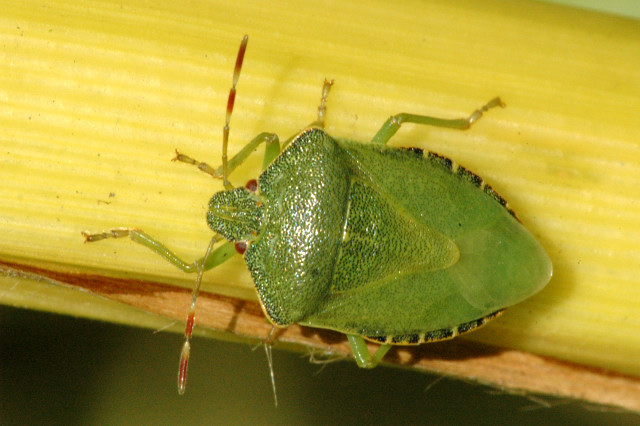
While earwigs might be the most famous insect bus drivers, they’re not alone in this remarkable behavior. Shield bugs, also known as stink bugs, have their own version of the maternal transport system. These colorful insects carry their young on their backs in neat, organized rows that look like passengers on a crowded bus. Female shield bugs are particularly strategic about their bus service. They position themselves over their egg masses and continue carrying the newly hatched nymphs for days or even weeks. The mother’s shield-shaped body provides perfect protection from above, while her mobility allows the family to move to better feeding locations. What’s fascinating about shield bug mothers is their ability to communicate with their passengers. They use chemical signals to keep their young close and can even guide them to specific feeding spots. It’s like having a GPS system built into your school bus driver.
Wolf Spiders: The Eight-Legged Nursery
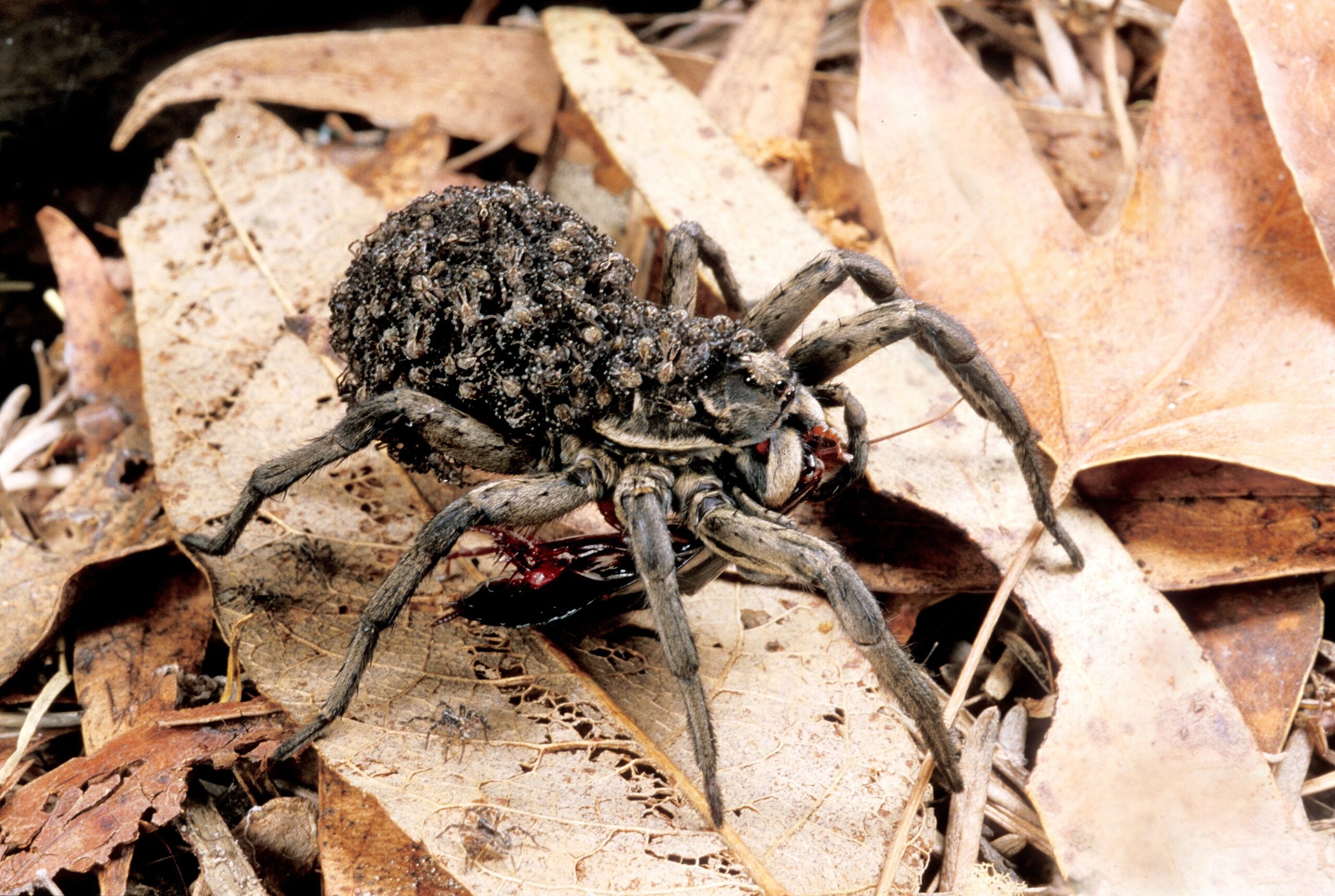
If you think carrying babies on your back is impressive, wait until you meet the wolf spider. These remarkable mothers take the concept of being a living vehicle to an entirely different level. After laying her eggs, the female wolf spider attaches the egg sac to her spinnerets and carries it everywhere she goes. Once the spiderlings hatch, they don’t just stay in a cozy nursery – they climb onto their mother’s back and turn her into a moving spider city. A single wolf spider mother can carry over 100 tiny spiderlings, creating what looks like a fuzzy, moving carpet of baby spiders. It’s both terrifying and amazing at the same time. The mother wolf spider continues her bus service for about a week, during which time she provides protection, warmth, and guidance to her offspring. She’ll even help them find their first meals by stirring up small prey with her movements. Talk about full-service transportation.
The Evolutionary Advantage of Being a Bus
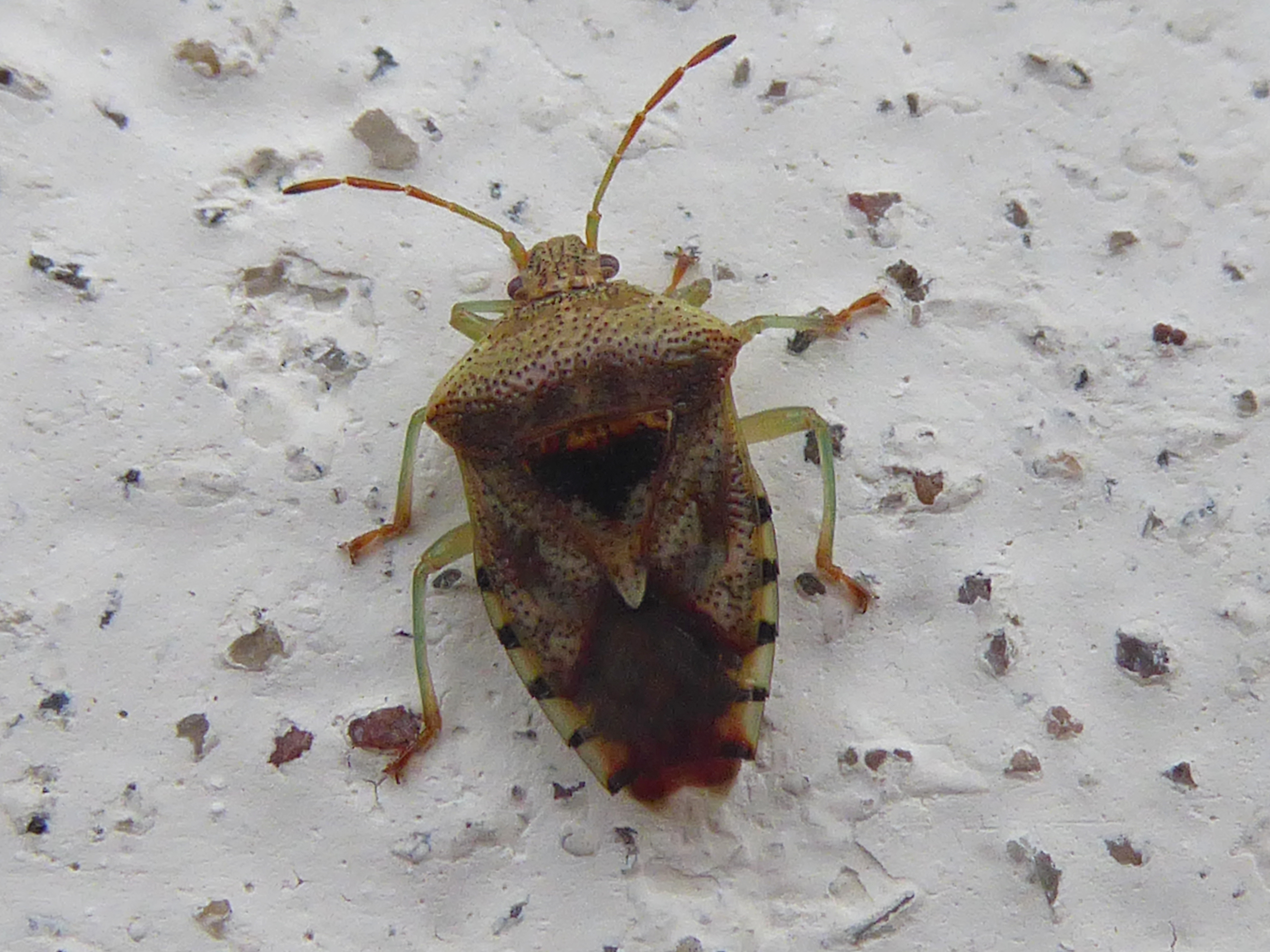
You might wonder why these mothers would evolve such energy-intensive behaviors. The answer lies in the harsh realities of survival in the insect world. Young insects face countless threats – predators, parasites, harsh weather, and competition for food. By becoming mobile safe houses, these mothers dramatically increase their offspring’s chances of survival. Studies have shown that insects with maternal care have significantly higher survival rates compared to species where mothers abandon their young. The difference can be as dramatic as 90% survival versus 10% survival. From an evolutionary perspective, the energy invested in being a bus pays off in spades. This behavior also allows mothers to actively choose the best environments for their young. Instead of hoping their babies will find good conditions, these mothers can literally carry them to the promised land of abundant food and shelter.
The Physical Toll of Motherhood
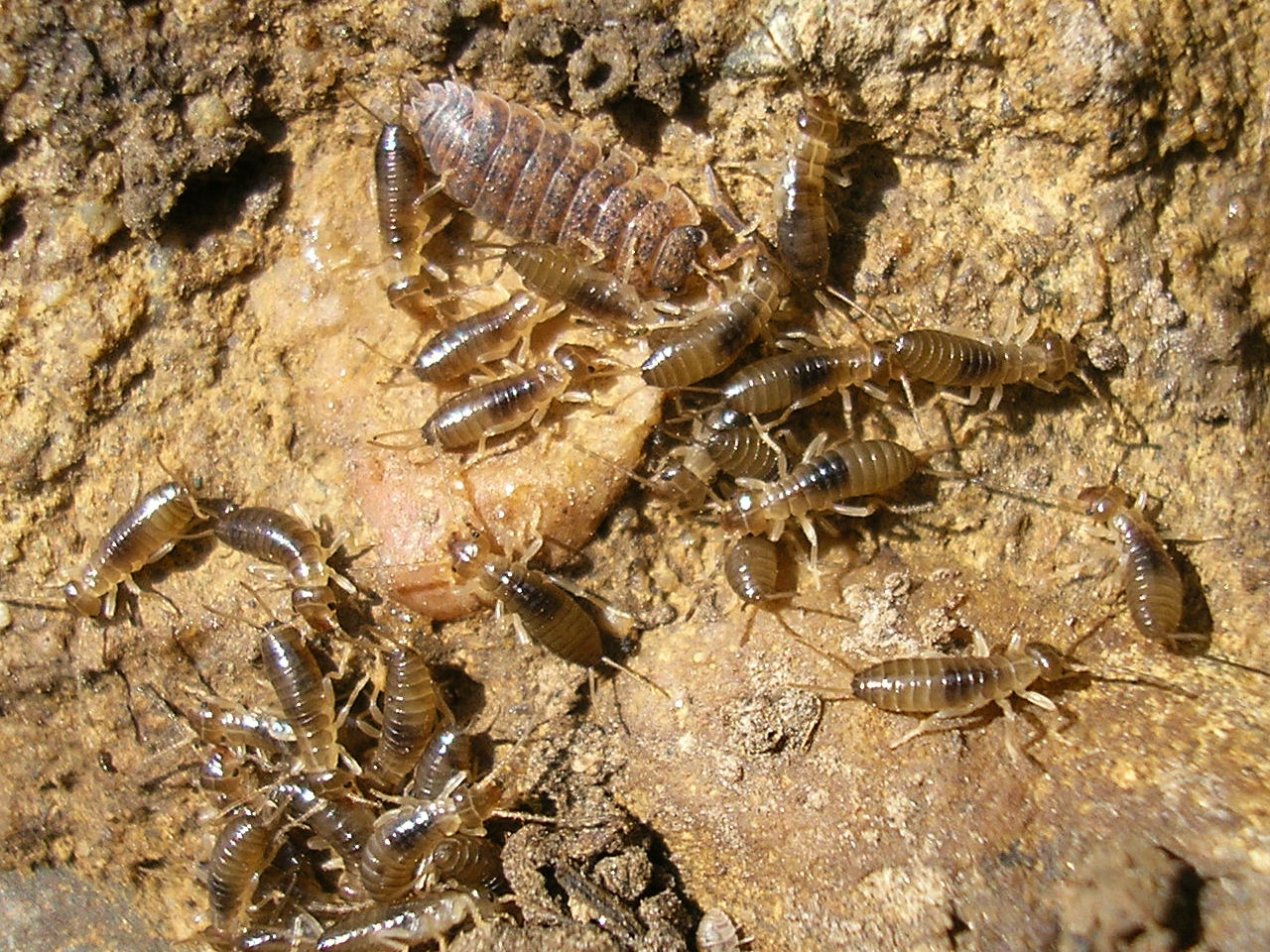
Being a living bus isn’t easy work. These dedicated mothers often lose significant body weight during their service period. They may go without food for extended periods, focusing entirely on their offspring’s needs. Some species of shield bugs lose up to 40% of their body weight while caring for their young. The physical strain goes beyond just carrying extra weight. These mothers must move more carefully to avoid dislodging their passengers, which can make escaping predators more difficult. They’re essentially handicapping themselves for the benefit of their offspring. Despite these challenges, the behavior has persisted for millions of years, proving that the benefits outweigh the costs. It’s a testament to the incredible lengths that evolution will go to ensure the survival of the next generation.
Communication Systems in Mobile Families
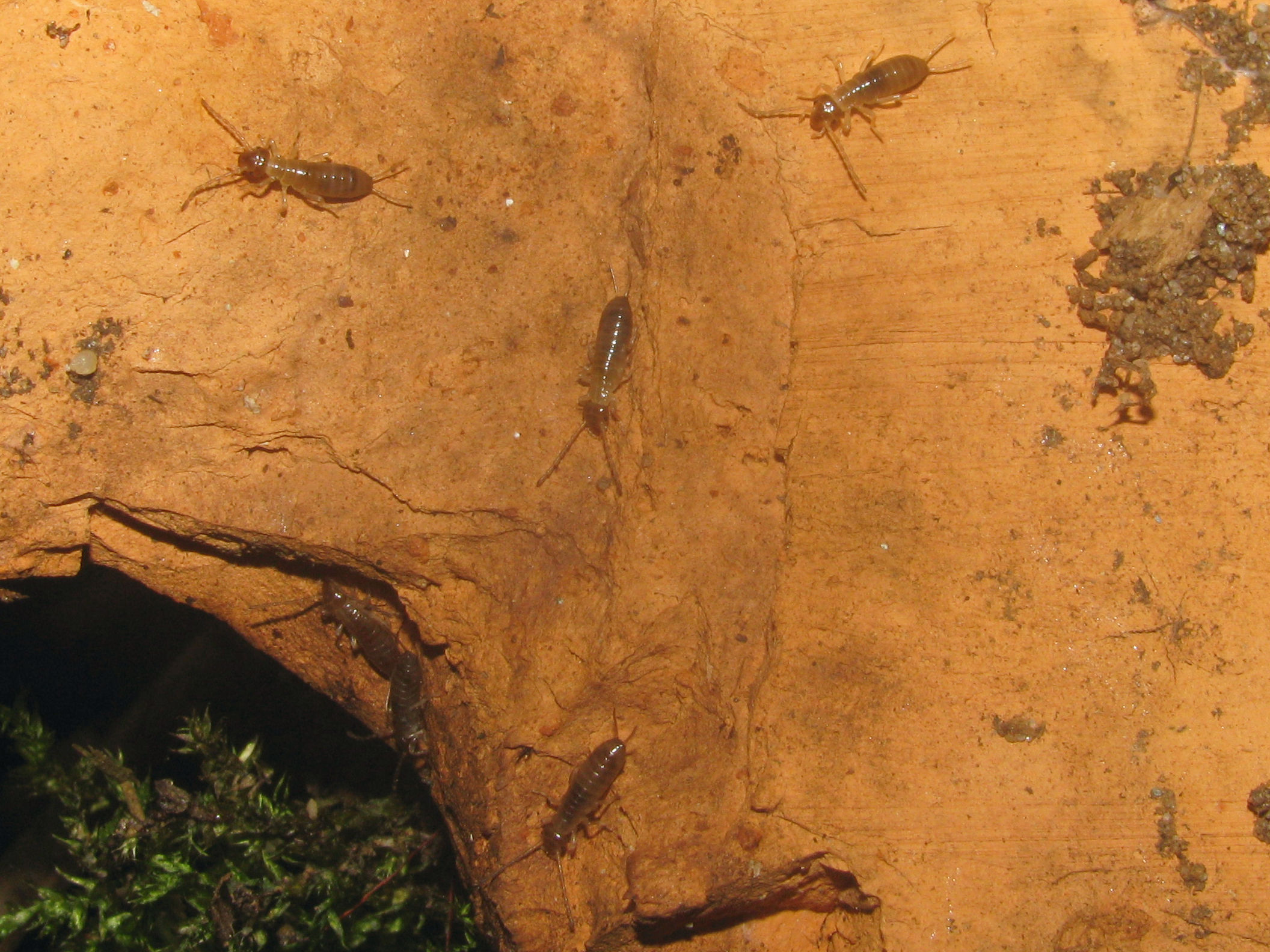
The relationship between these mothers and their hitchhiking offspring involves sophisticated communication systems. Earwig mothers use chemical signals to keep their young close and guide them to food sources. The babies, in turn, can communicate their needs through touch and chemical cues. Shield bug mothers have been observed responding to distress signals from their young. If a baby falls off or gets separated, the mother will often return to retrieve it. This level of communication requires complex neural pathways and chemical signaling systems that scientists are still working to understand. Some species even use vibrations to communicate. The mother’s movements can signal danger, food availability, or the need to hold on tighter. It’s like having a built-in intercom system for the family bus.
Seasonal Timing and Environmental Factors
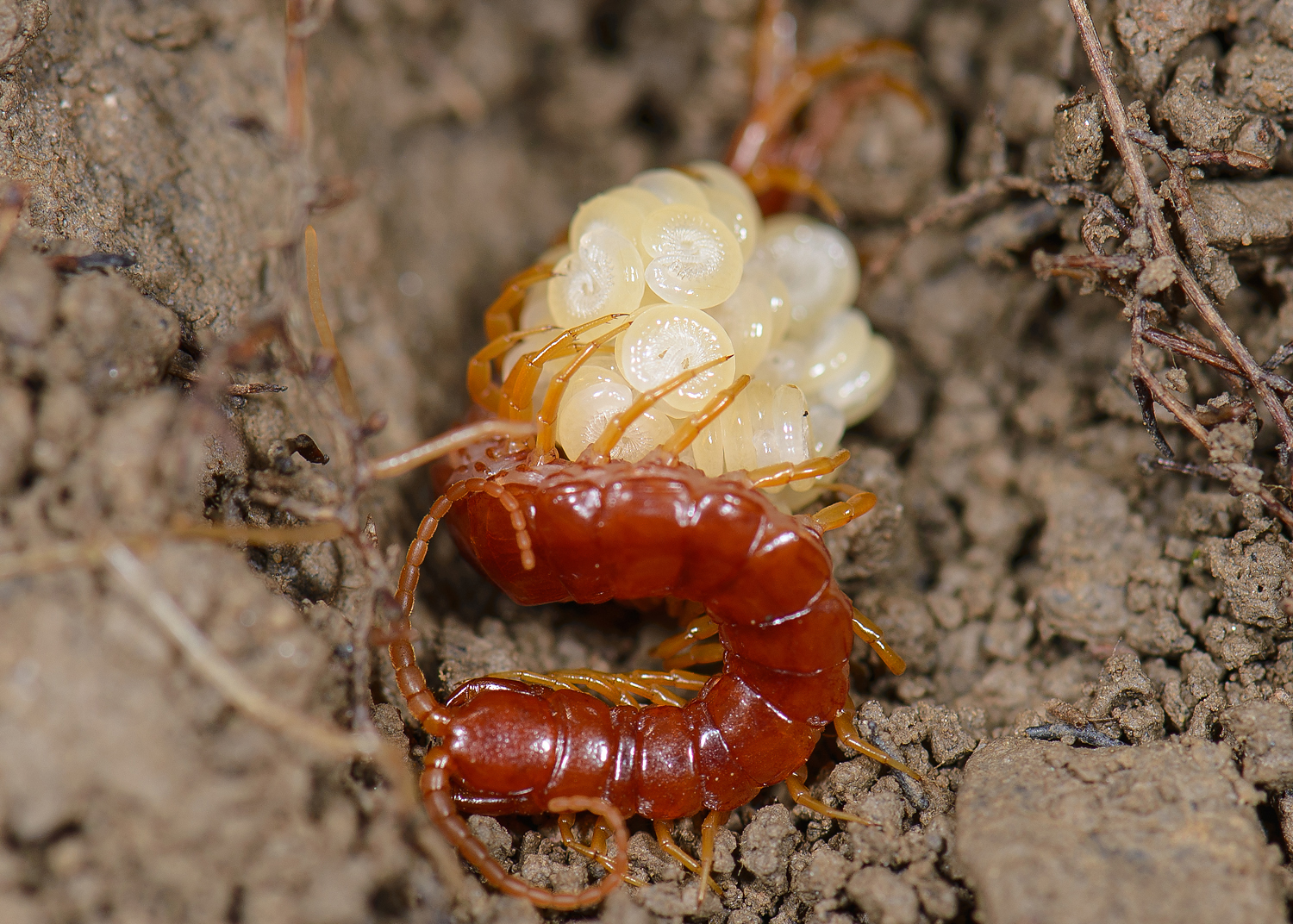
The timing of this maternal bus service is crucial and often synchronized with environmental conditions. Most species time their reproduction so that the intensive care period coincides with optimal weather and food availability. This ensures that both mother and offspring have the best chances of survival. Temperature and humidity play critical roles in determining how long the bus service lasts. In colder climates, mothers may carry their young for longer periods, while in warmer regions, the offspring might become independent more quickly. It’s like having a seasonal schedule for public transportation. Weather events can also trigger specific behaviors. Some mothers will seek shelter during storms, keeping their passengers safe from wind and rain. Others might accelerate their offspring’s development if conditions become unfavorable, essentially running an express bus service.
Predator Avoidance Strategies
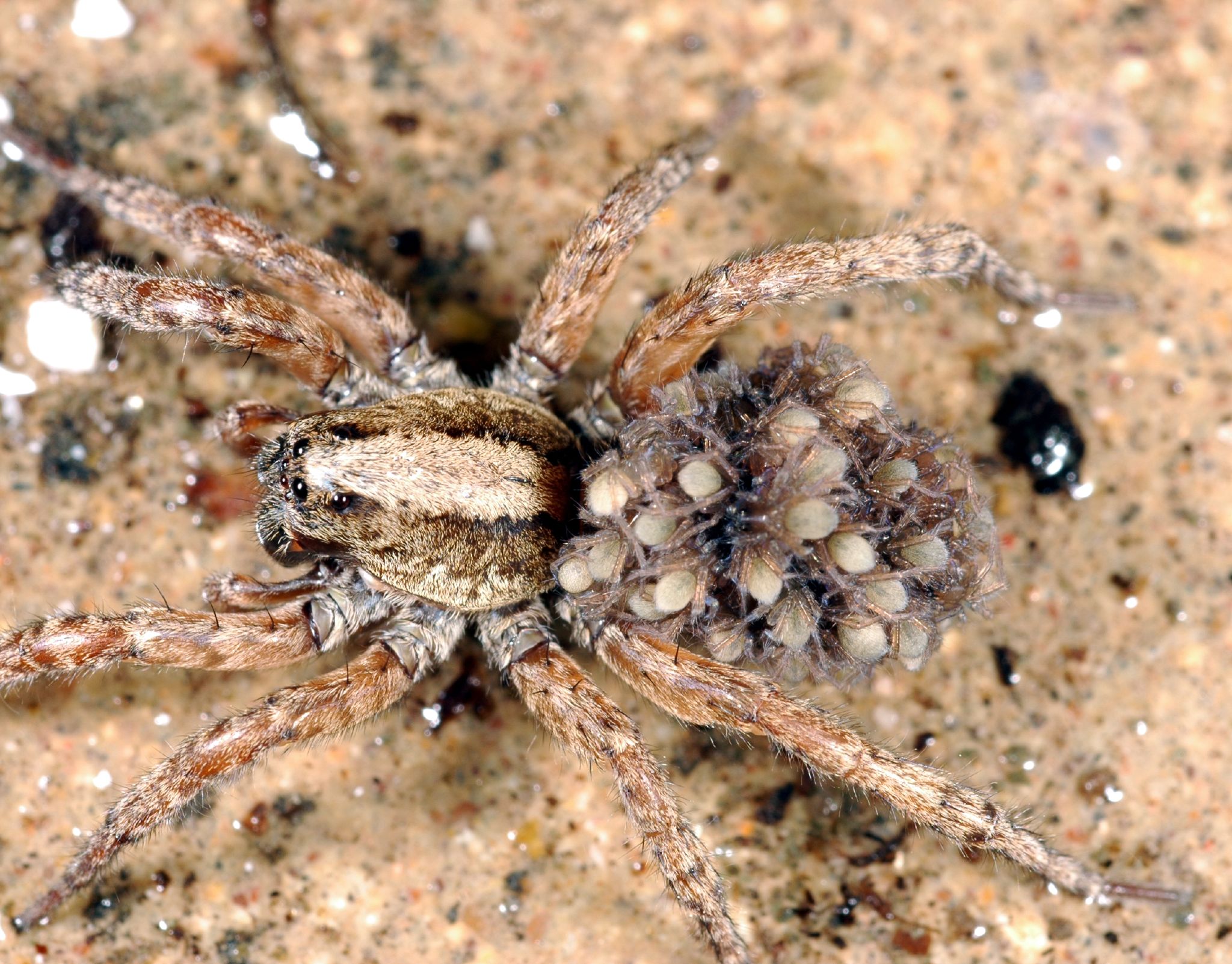
Carrying dozens of babies on your back makes you a pretty tempting target for predators. These mothers have evolved clever strategies to avoid becoming someone else’s meal. Many species become more active during nighttime hours when visual predators are less active. Some mothers use their offspring as a form of camouflage. The babies’ coloration and arrangement can make the mother look like a piece of debris or a different organism entirely. It’s like having the perfect disguise built into your family structure. When threatened, these mothers can perform remarkable escape maneuvers. Wolf spiders can leap incredible distances while keeping their passengers secure, while shield bugs can emit foul-smelling chemicals to deter attackers. They’re essentially armored school buses with built-in defense systems.
The Transition to Independence
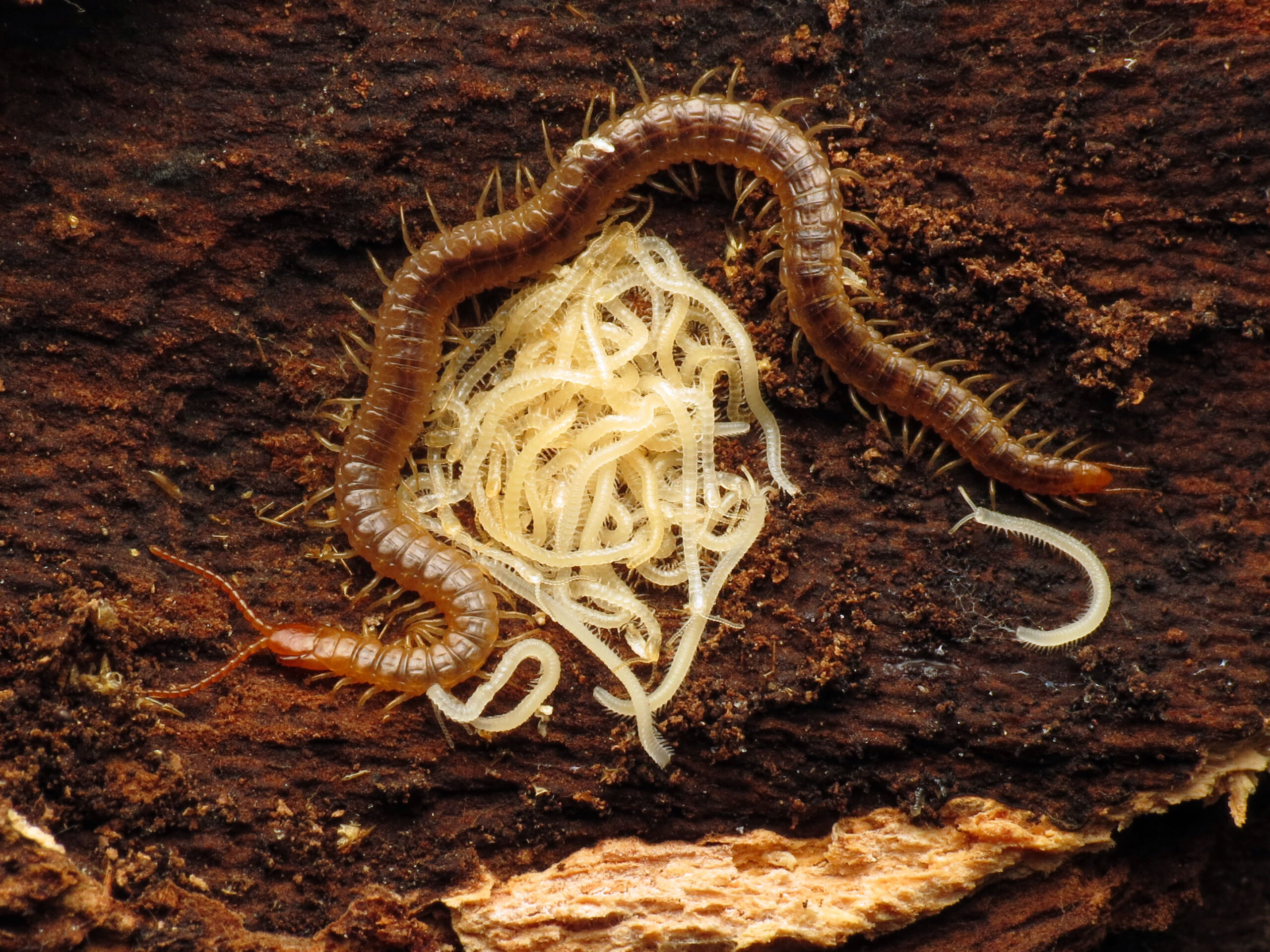
Eventually, all good things must come to an end, and the mobile family unit must separate. This transition is carefully orchestrated and varies among species. Some mothers gradually reduce their carrying behavior, encouraging their offspring to spend more time walking on their own. The timing of independence is crucial. Too early, and the offspring might not survive on their own. Too late, and the mother might not have enough energy reserves to survive or reproduce again. It’s a delicate balance that has been fine-tuned over millions of years of evolution. Some species have fascinating weaning behaviors. Earwig mothers might stop grooming their young as frequently, while shield bug mothers might start moving faster, making it harder for their offspring to keep up. It’s nature’s way of encouraging independence.
Comparative Analysis with Other Animal Transport Systems
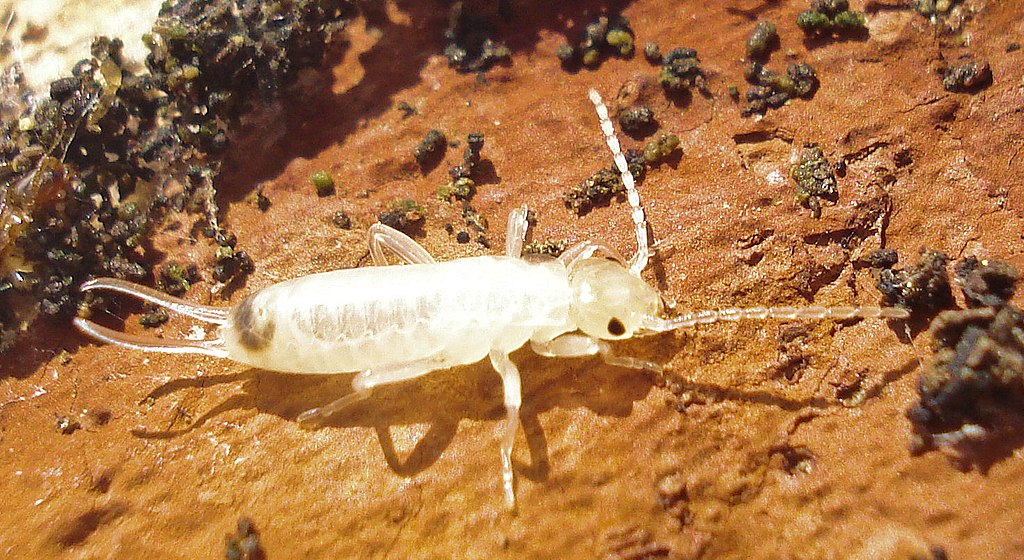
While insects might have perfected the art of being a family bus, they’re not the only creatures that transport their young. Marsupials like kangaroos and opossums use pouches, while some birds carry their chicks on their backs. However, the insect version is unique in its duration and the sheer number of passengers involved. What sets insect mothers apart is their willingness to become completely mobile nurseries. A kangaroo’s pouch is essentially a fixed location that happens to move with the mother. An earwig or shield bug mother, on the other hand, transforms her entire body into a transportation and protection system. The efficiency of these insect systems is remarkable. They provide transportation, protection, climate control, and guidance all in one package. It’s like having a luxury RV designed specifically for babies, but better.
Conservation Implications and Human Impact
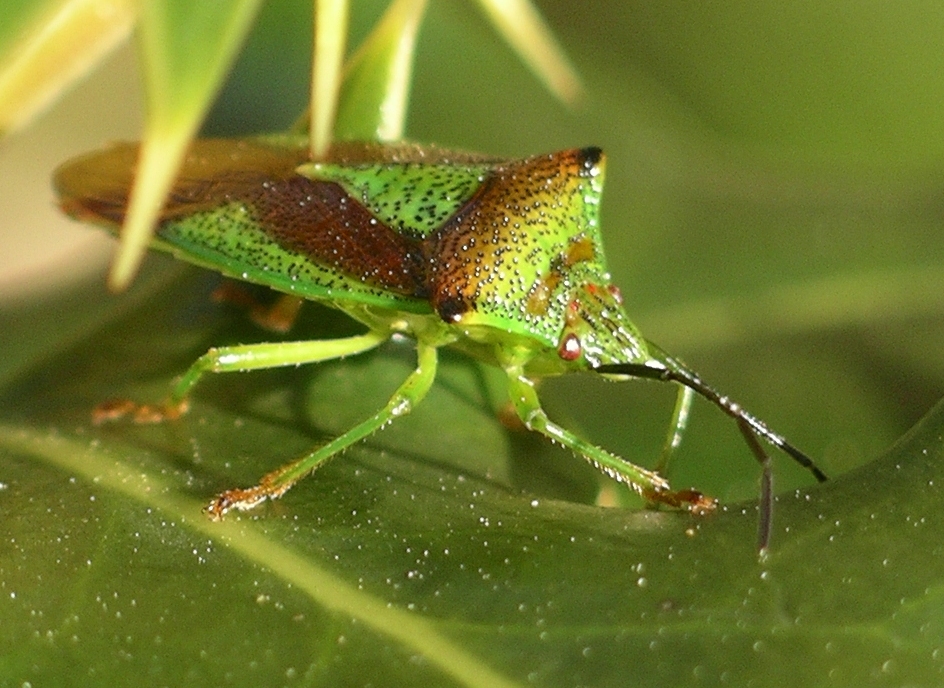
Understanding these remarkable maternal behaviors has important implications for conservation efforts. Many of these species are facing pressure from habitat loss, pesticide use, and climate change. Protecting these mothers means protecting some of nature’s most dedicated parents. Human activities often disrupt the delicate timing and environmental conditions these species depend on. Pesticide applications during reproductive periods can be particularly devastating, as they not only kill the mothers but also eliminate entire generations of offspring. Conservation efforts should focus on protecting the microhabitats these species need for their reproductive cycles. This includes leaf litter, soil layers, and the specific plants that provide food for both mothers and their young.
Future Research Directions
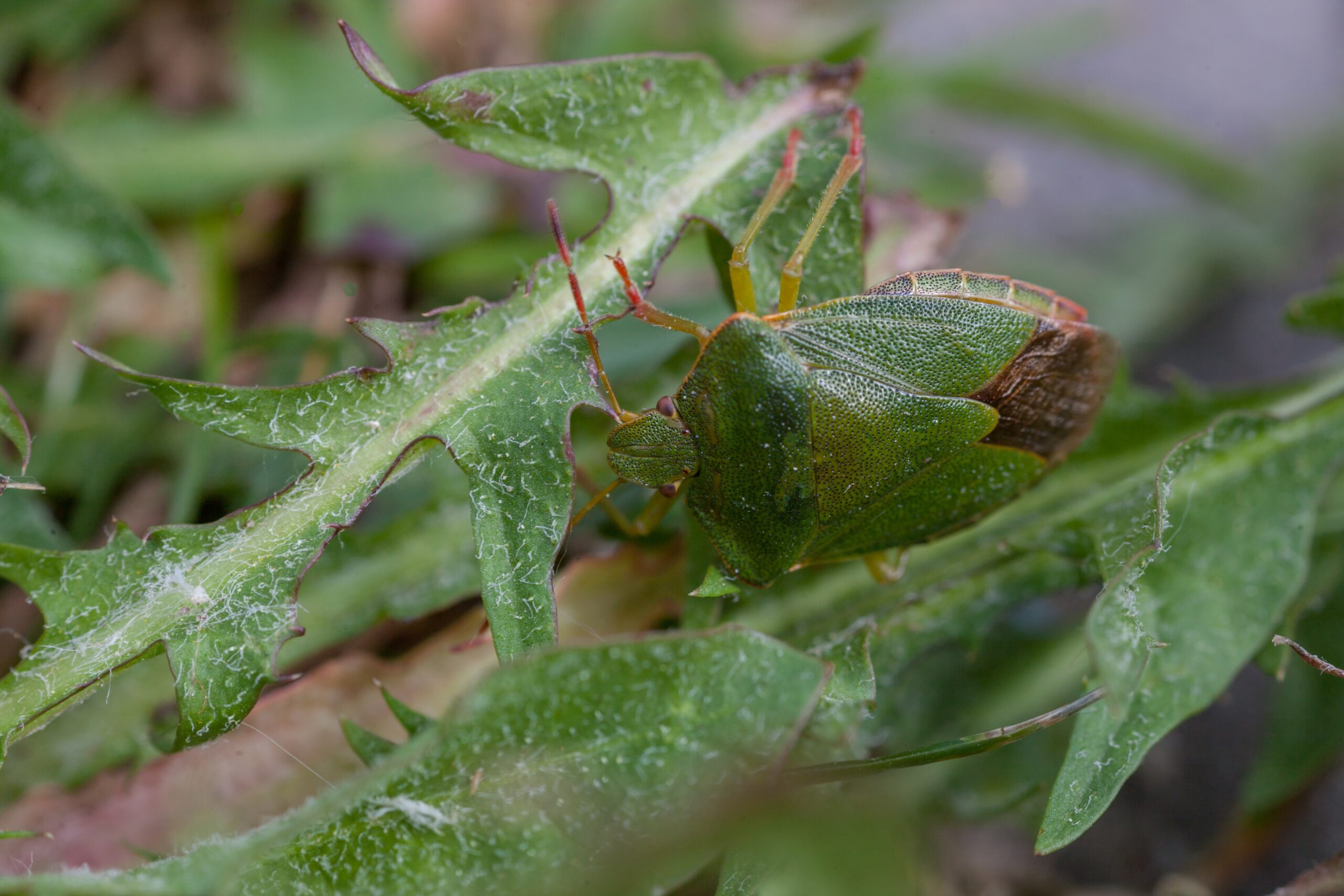
Scientists are still uncovering the secrets of these remarkable maternal behaviors. New research is exploring the genetic basis for these behaviors, the neural pathways involved in parent-offspring communication, and the evolutionary origins of maternal care in insects. Advanced imaging techniques are allowing researchers to study these behaviors in unprecedented detail. High-speed cameras can capture the intricate movements of mothers and offspring, while chemical analysis is revealing the complex communication systems at work. Climate change research is also examining how changing environmental conditions might affect these behaviors. As temperatures and weather patterns shift, these species may need to adapt their reproductive strategies, potentially altering millions of years of evolutionary refinement.
Conclusion

The next time you see a small insect scurrying across your path, take a moment to consider the incredible journey it might be on. That seemingly simple creature could be one of nature’s most dedicated mothers, literally carrying her entire family on her back as she navigates a world full of dangers and opportunities. These remarkable mothers prove that sometimes the most profound acts of love come in the smallest packages, and that evolution has crafted solutions to parenting challenges that would make even the most devoted human parents stand back in amazement.

